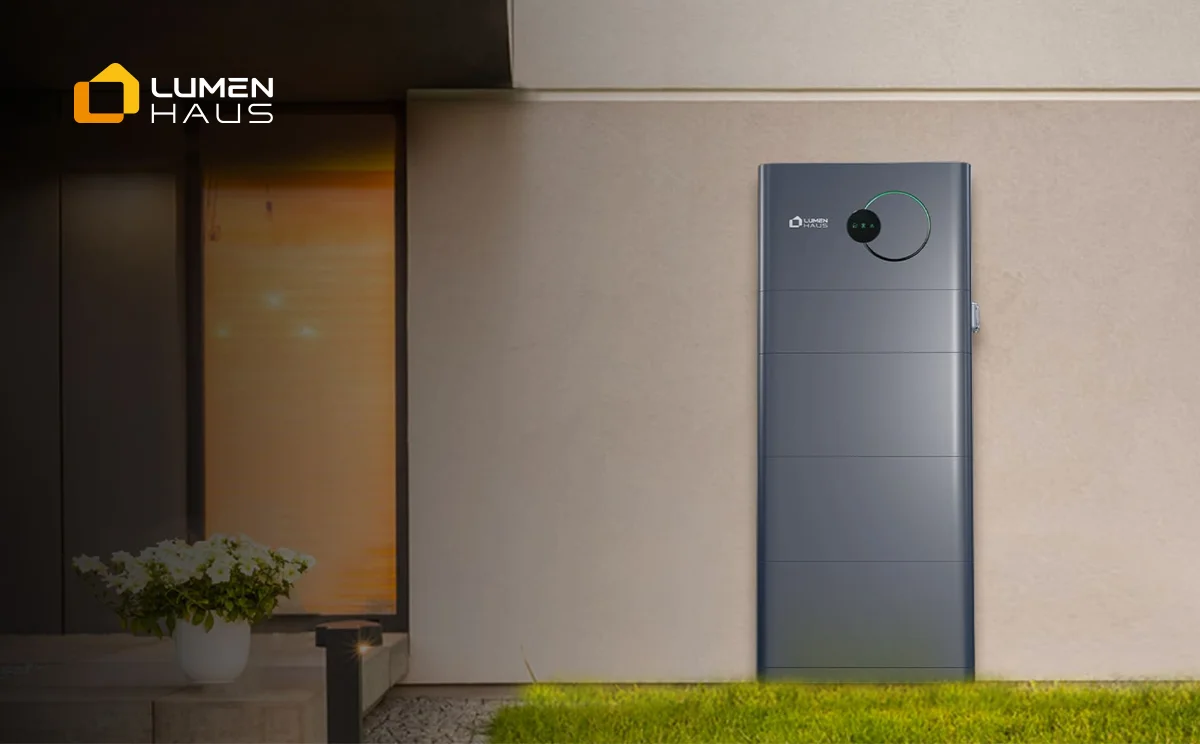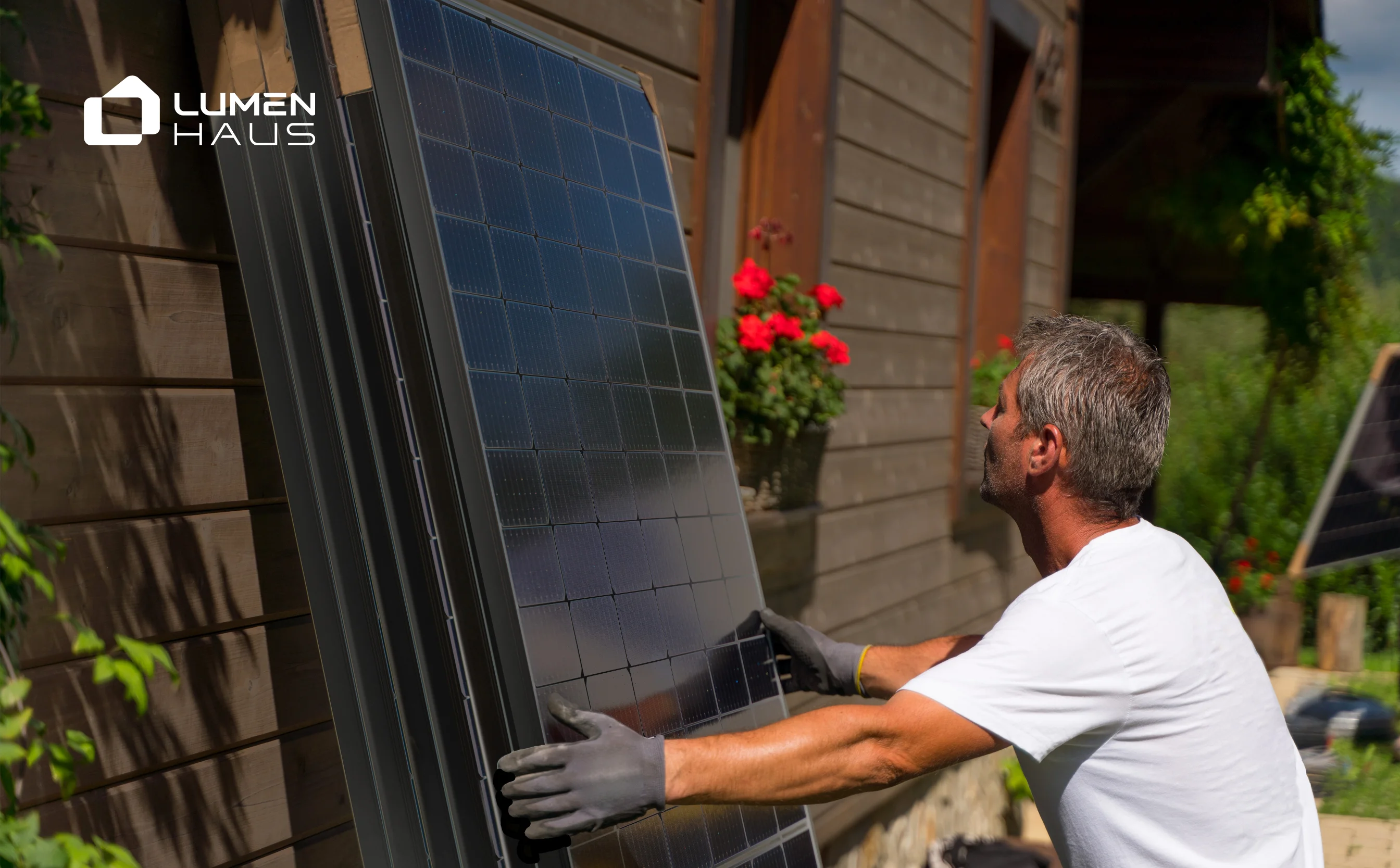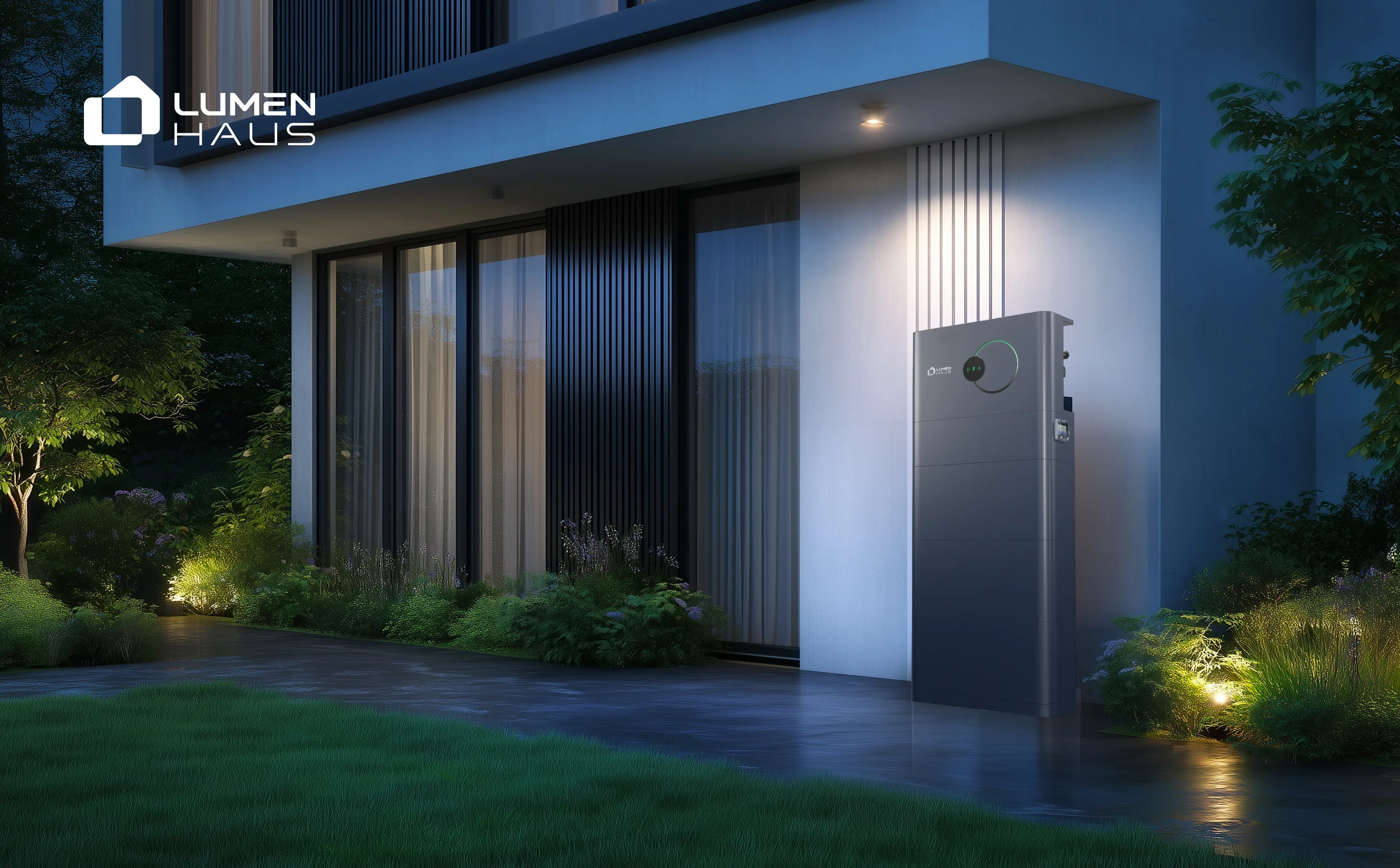How Energy Storage Could Be the Key to Unlocking Solar's Full Potential
As homeowners increasingly seek sustainability and energy independence, solar photovoltaic (PV) systems have become a popular choice for clean energy generation. The variability of solar generation, however, poses a challenge for delivering reliable power around the clock. This is where energy storage comes in. By integrating battery storage with solar PV, households can overcome intermittency, enhance efficiency, and maximize the value of their renewable investment. Below, we explore how energy storage transforms solar energy into a reliable, cost-effective, and scalable solution for everyday home use.

The Limitations of Solar-Only Systems
Solar PV systems only generate electricity when the sun is shining, often producing more energy than a household needs during peak daylight hours. Without a way to store this surplus, the excess power is typically fed back into the grid—often for minimal compensation—or goes to waste. After the sun sets or on cloudy days, homeowners find themselves drawing power from the grid, missing the opportunity to achieve full energy self-sufficiency. This intermittency not only limits independence but also constrains the overall financial and environmental benefits of going solar.
The Role of Energy Storage in Overcoming Solar Limitations
Energy storage addresses these challenges by serving as a critical bridge between intermittent solar generation and consistent power demand. It captures surplus solar energy produced during peak hours and stores it for use when generation is low—such as at night or during inclement weather. By doing so, storage enables greater self-consumption of solar power, enhances energy independence, and improves financial returns by reducing reliance on grid electricity.
Enhancing Energy Cost Savings and Grid Independence
For many households, high energy bills and grid dependence are ongoing concerns. By pairing solar panels with advanced battery storage, homeowners can store excess energy generated during the day and use it during peak rate hours or power outages. This reduces reliance on the grid and protects against rising electricity costs, while also providing backup power to keep essential home systems running. Strategies like peak shaving further increase savings and budget predictability, making solar-plus-storage a smart and economical choice for long-term household energy management.
How Energy Storage Enhances Solar ROI
Battery storage facilitates the capture and time-shifting of solar energy, turning daytime excess into a reliable evening power source. This means that energy generated at midday can be deployed during evening peak demand periods when electricity prices are highest. This practice, known as peak shaving, significantly reduces energy costs and improves the return on investment (ROI) of solar installations. Additionally, with the right battery technology, households can achieve "island mode" operation, enabling continuous power during grid outages and enhancing resilience.
System Design and Implementation Best Practices
Achieving effective solar and storage integration demands thorough planning and professional expertise. For homeowners, key steps include:
- Home Energy Review: Start by analyzing your household's energy consumption patterns to accurately size your solar PV and battery storage system.
- Professional Site Assessment: An expert evaluation ensures optimal solar panel placement and identifies the safest, most efficient location for battery installation.
- Technology Selection: Lithium-ion batteries are widely preferred for their efficiency and lifespan, but suitability depends on individual household needs and usage patterns.
- Scalability and Smart Management: Choose modular systems that allow future expansion, and utilize smart energy management to optimize energy use based on real-time data.
Broader Impacts: Grid Stability and Sustainability
Beyond individual benefits, wide-scale adoption of solar-plus-storage systems supports broader grid stability and decarbonization goals. This practice of shifting energy use to off-peak times is key to mitigating grid congestion and ensuring reliability. It plays a pivotal role in facilitating the global integration of higher shares of variable renewable generation. Energy storage also empowers households to significantly reduce their carbon footprint, supporting sustainability targets and regulatory commitments.
How Energy Storage Supports Grid Stability and Reliability
By smoothing out the variability of solar generation, storage ensures a more reliable and resilient energy system—paving the way for higher renewable penetration and a sustainable energy future. It facilitates balance between energy production and use, alleviates transmission congestion, and safeguards against interruptions by providing a reliable source of backup electricity.
Long-Term Performance and Operational Efficiency
The value of a solar and storage system extends far beyond the initial installation. To safeguard your investment and ensure optimal performance over time, continuous monitoring and proactive maintenance are essential. With real-time insights into your energy production and consumption, you can identify opportunities to improve efficiency and maximize savings. Involving your household in energy-saving practices—such as running high-consumption appliances during peak solar hours—can further enhance your system's return on investment. A well-maintained system not only delivers reliable clean energy but also strengthens your household's resilience and sustainability for years to come.
The Strategic Role of Energy Storage in the Clean Energy Transition
Energy storage is revolutionizing the way households harness and use solar power. For homeowners, it's more than just a technology upgrade—it's an empowering step toward energy independence and environmental leadership. By storing surplus solar energy for use when needed most, battery systems smooth out the variability of solar generation, increase self-consumption of renewable energy, and even support broader grid stability. Families who embrace solar and storage today are not only cutting energy costs but also contributing actively to a cleaner, more resilient energy future.
Conclusion
Energy storage has evolved from an optional upgrade to an essential component for unlocking the full value of solar power. For homeowners seeking to lower energy bills, achieve greater independence from the grid, and contribute to a sustainable future, integrating battery storage with solar PV is a practical and forward-looking investment.
This transition from individual energy systems to interconnected, intelligent networks is the foundation of the future grid. At LumenHaus, we are driving this evolution. Our green, intelligent, and decentralised platform is designed to transform residential energy storage systems into collaborative Virtual Power Plants. Ready to take control of your energy costs, achieve greater independence, and contribute to a sustainable grid? Explore our integrated smart home energy solutions, and discover how we can help you maximise savings and accelerate your green footprint.



